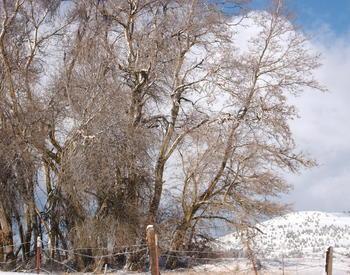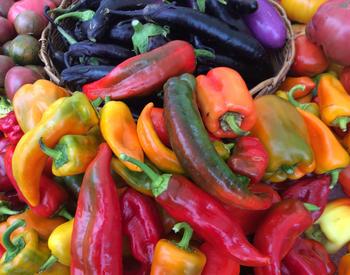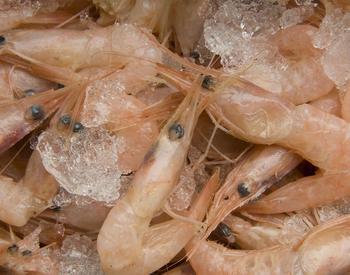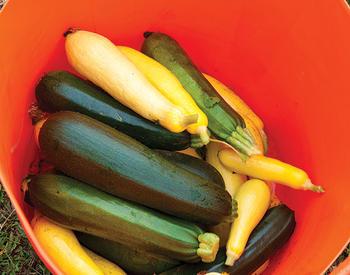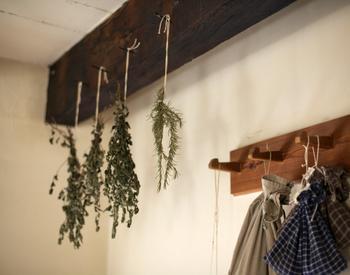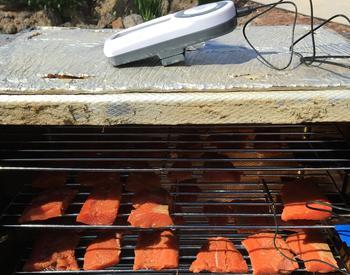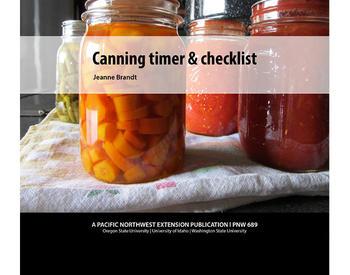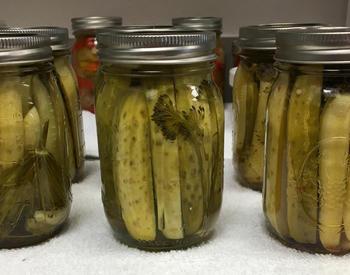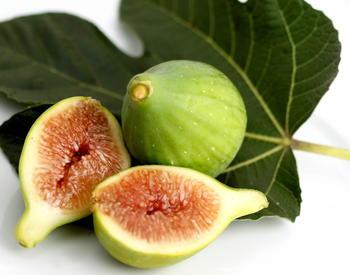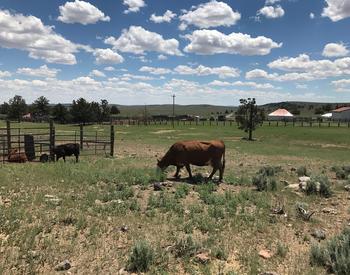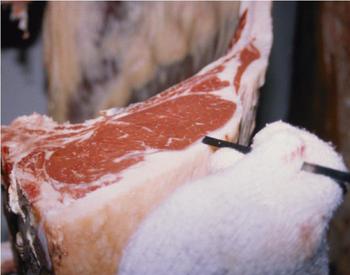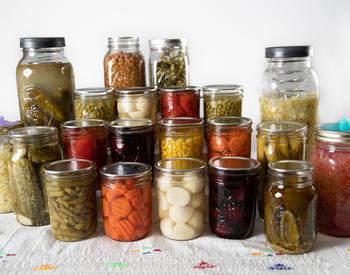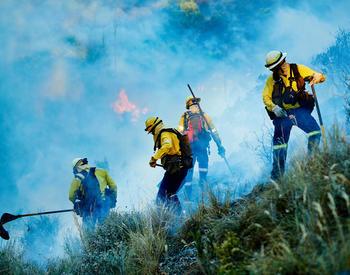Download this publication as a pdf.
More than pipes can freeze during icy weather. Frozen canned foods stored in unheated storage areas may also prompt calls from concerned consumers.
If canned foods have frozen, they may still be safe to eat. Safety will depend on the condition of the can or jar. To evaluate safety, consider the following:
Commercially Canned Foods
- If the seams are still intact, the food is safe to use. Thaw gradually and store at room temperature.
- If the seam has broken, and/or the lids are bulging, and the food has thawed to room temperature, it should be discarded.
- If the seam has broken and/or the lids are bulging and the food is still cold (refrigerator temperature, 40° F or below), it may be safely salvaged. Transfer it to a container and either store it in the refrigerator or refreeze for future use.
- All food that has frozen in cans should be examined carefully for spoilage before use. For an extra margin of safety, boil low acid foods (meats, fish, vegetables, poultry) for 10 minutes before using.
GLASS JARS
- If jars have cracked or broken during freezing, the food should not be used.
- If the seal is still intact, the food is safe to use. Thaw gradually and store at room temperature.
- If the seal has broken and the food has thawed to room temperature, it should be discarded.
- If the seal has broken and the food is still frozen or cold (refrigerator temperature, 40° F or below), it may be safely salvaged. Store in the refrigerator or re-freeze for future use. All food that has frozen in glass jars should be examined carefully for spoilage before use. For an extra margin of safety, boil low acid foods (meats, fish, vegetables, poultry) for 10 minutes before using.
To prevent freezing of canned foods, the storage area should be above 34°F. Wrap jars or cans in newspaper in cartons or boxes and cover with blankets when cold weather is forecasted. This will provide some protection against freezing.
For best quality store jars and cans in a cool, dark, dry location. Storing canned goods at 50°-70°F enhances retention of quality. Use within one year to ensure best quality.
If you have experienced a power outage, you can evaluate the safety of your frozen foods using If Your Freezer Stops Running (SP 50-470). This handout also has information about refrigerated foods.
